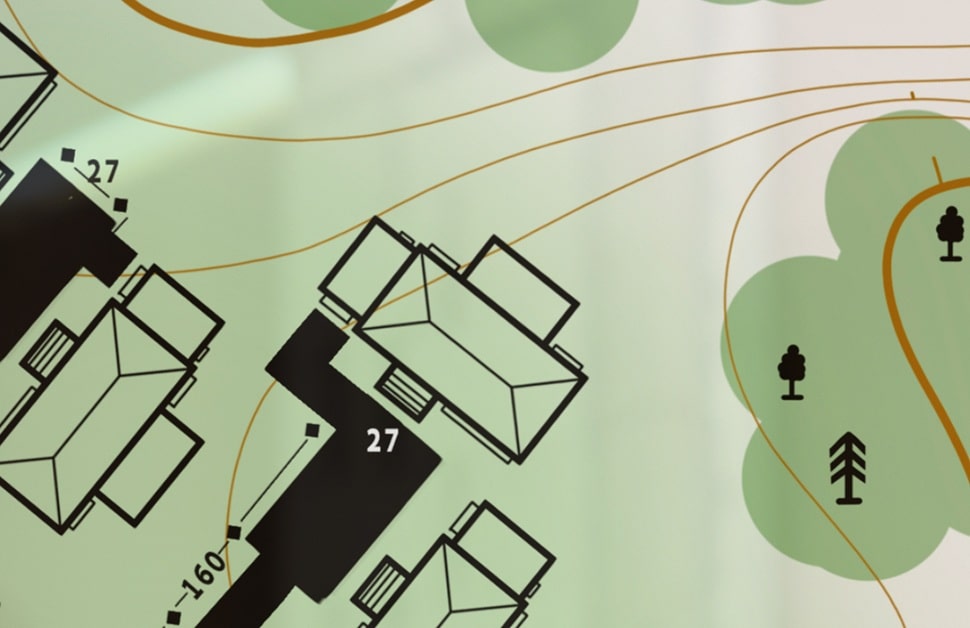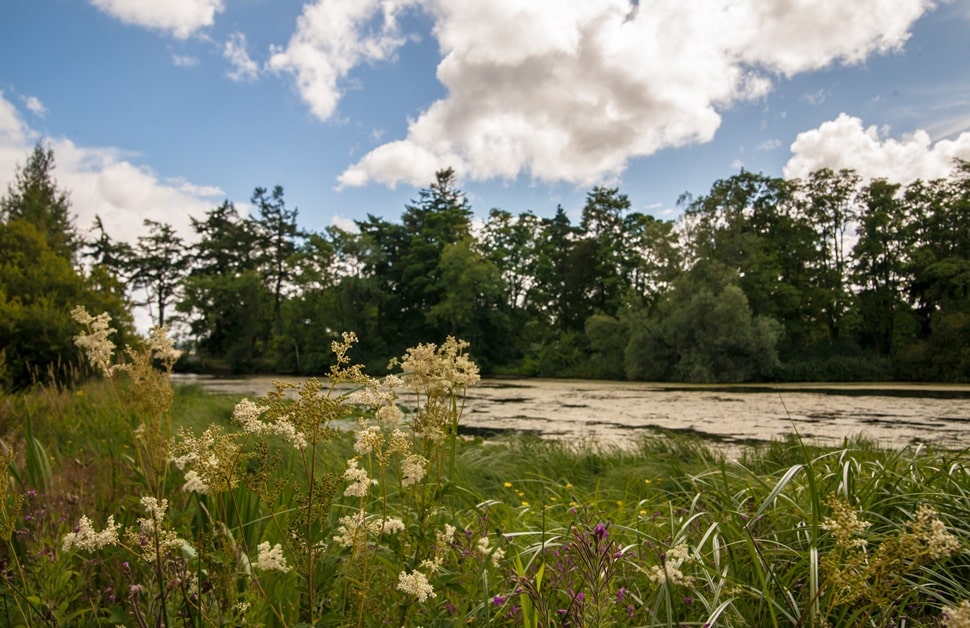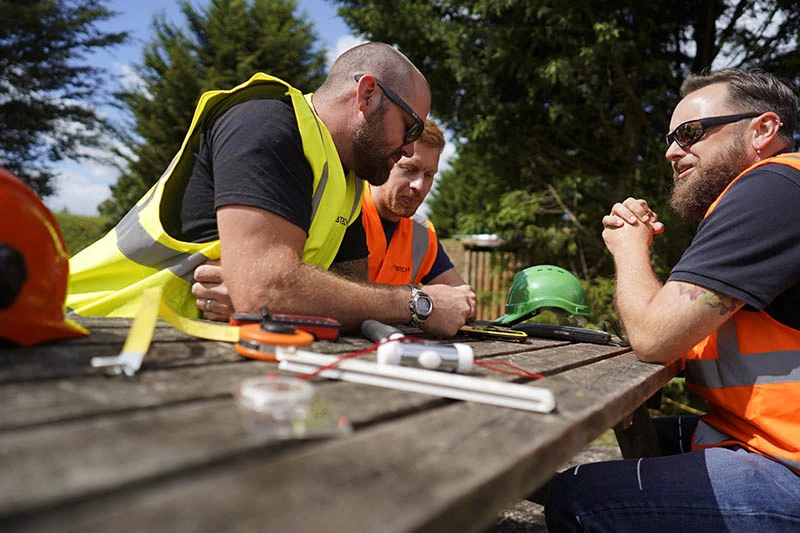
HEC-RAS Flood Modelling for Planning and Development
All over the UK, land development can be more challenging than expected due to the presence of complex flood risks. It is especially true on sites that intersect with low-lying ground, urban runoff pathways or nearby watercourses. If a development is planned in areas with a history of flooding, near a designated flood zone or where capacity is limited, local planning authorities may request evidence that the risk of flooding has been properly considered.
While a basic flood risk assessment (FRA) may be sufficient for smaller or well-understood sites, larger developments, complex topographies or uncertain locations often require a more detailed simulation. Flood modelling provides developers and local authorities with a detailed picture of how water could behave on and around a site, and it forms a robust technical foundation for design, compliance and mitigation during the planning process.
What is Flood Modelling?
Flood modelling is a process for digitally simulating how water behaves under different conditions, such as heavy rainfall, river overflow or tidal influence. With flood modelling, developers, planners and local authorities can assess flood risk with a level of precision that goes far beyond the realms of basic mapping tools.
The data comes from various sources such as historical records, rainfall scenarios and terrain surveys, and it is then used to build hydraulic models of how water will move across or through a site. By the end of the process, it will be possible to generate flood risk information that helps with designing drainage systems, defining building levels or creating a flood emergency plan.
When Would You Need Flood Modelling?
For complex or high-risk sites, it is common for flood modelling to be submitted alongside or after a flood risk assessment (FRA). It can also be used as a response to appeals, regulatory queries or as a way of strengthening funding applications for mitigation works.
You may also need flood modelling if:
- Drainage Networks are Under Pressure from Impermeable Surfaces
- The Development is Near a Coastline, Culvert, Main River or Ordinary Watercourse
- The Development Site is Affected by Climate Change Predictions
- The Development Site is Within Any Flood Zone and Lacks Site-Specific Data
- The Development Site is Within Flood Zones 2 or 3
- The Environment Agency or Local Authority Requests Further Evidence
- Flood Levels Need to Be Verified Using Detailed Modelling
- You Need to Prove That Your Proposed Development Won’t Increase Flood Risk
- Your Drainage or SuDS Design Needs to Demonstrate Capacity and Overflow Control
Regulatory Context for Flood Modelling
Certain bodies expect models to reflect real-world behaviour and use datasets to support sound decision-making, such as from topographic data and predicted river flows.
The requirements are based on national and local guidance, as set by:
- The Environment Agency
- Internal Drainage Boards (IDBs)
- Lead Local Flood Authorities
- Local Planning Authorities
Type of Flood Models Used in the UK
Not all flood models are the same, and choosing the right type depends on specific factors about the development site, the likely type of flooding, and expectations from regulators.
What Flood Model to Use in Different Flooding Scenarios
Flood risk demands call for different modelling methods, with our team advising on the most appropriate approach based on:
- Availability of Data
- Proximity to Asset or Infrastructure
- Site Size
- Topography
- Type of Flood Risk (e.g. fluvial, pluvial, tidal)
1D Flood Modelling
Suitable for simple river systems, pipes and linear drainage networks, 1D flood models simulate water flow within channels and culverts. The outputs include flow rates and water levels at defined cross-sections.
2D Flood Modelling
Based on topographic data, 2D flood models simulate how water spreads across land surfaces. They calculate flood depths, velocities and extensions in all directions, and they are ideal for complex sites where surface water or overbank flow is expected.
3D Flood Modelling
Less common in development-led work, 3D flood models simulate turbulent flow and physical structures but require significant data and computing power. More often than not, they are a useful asset in highly detailed or research-driven projects.
Flood Modelling Software and Techniques
In terms of the software and techniques that are used for flood risk modelling, we often use HEC-RAS alongside other industry-standard tools. HEC-RAS stands for the Hydrologic Engineering Centre River Analysis System, and it is commonly used in the UK for simulating river and channel flows. Other options include Flood Modeller by Jacobs, TUFLOW and InfoWorks ICM.
Whenever it’s needed, we will integrate GIS tools, LiDAR terrain models, rainfall runoff software and site surveys to build defensible models.
Flood Modelling Process
The process for carrying out flood modelling is as follows:
1. Scoping
Review of site constraints, goals and required outcomes
2. Data Collection
Collation of base data from relevant sources, including LiDAR, utilities and ground surveys
3. Model Build
Construction of hydraulic network with a check for stability
4. Testing
Simulation of likely scenarios to assess sensitivities and outputs
5. Quality Assurance and Reporting
Peer review and quality checks before confirmation of quality for submission
6. Delivery
Formatting of outputs for planning, permitting and design coordination
Inputs into Flood Modelling
- Boundaries of the Proposed Development
- Existing Drainage and SuDS Designs
- Inflows Based on Predicted River Flows
- Topographic Data
- Structures (e.g. bridges, culverts, outfalls)
Outputs from Flood Modelling
- Evidence to Support a Flood Risk Assessment or Outline a Flood Emergency Plan
- Flood Extent Maps for Different Storm Events
- Flow Direction and Velocity Plots
- Hydrographs at Key Points
- Practical and Actionable Insights for Drainage or Building Design
- Water Surface Profiles

Request a UK Flood Model from Our Team
You might be working on a large master plan or a small infill scheme, or you may just need further insight after an earlier FRA. Whatever your project type or requirements, if your development is in a flood zone, the local council has specifically asked for more information about the risk of flooding, or you have any other reason for our help, the team at Arbtech can provide flood risk modelling support.
Our team builds models that meet flood risk management goals, support sustainable design and clarify any and all risks that could otherwise delay the progress of your development plans. Get a free quote for flood modelling on your site by contacting our team via our website, over email or by phone, and we can start assisting you directly.


